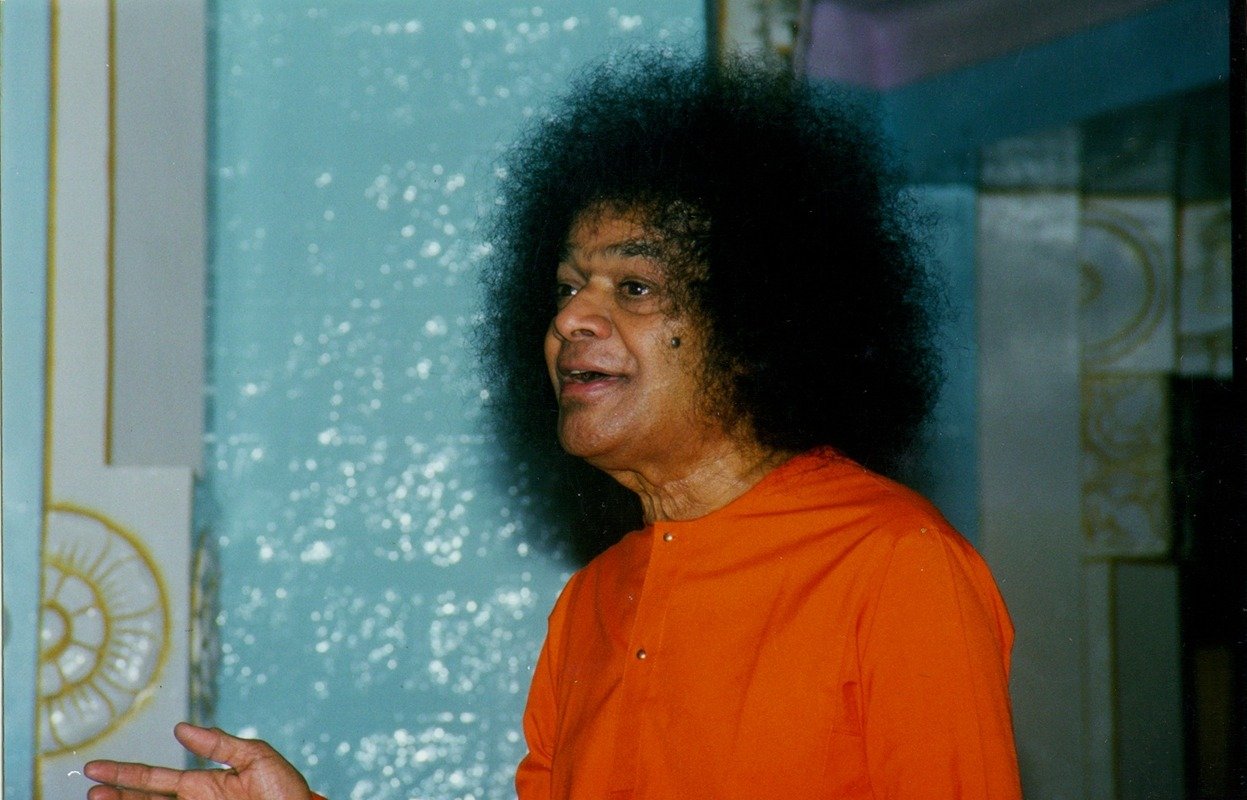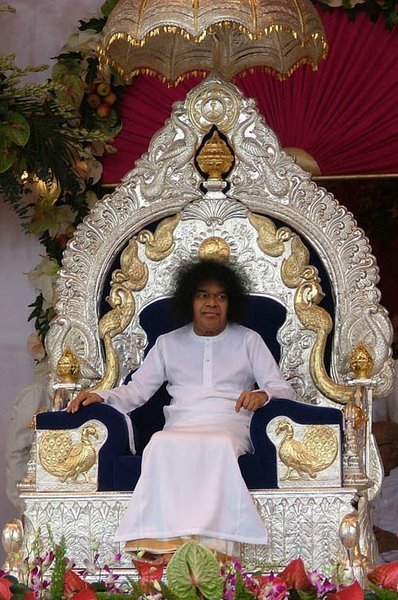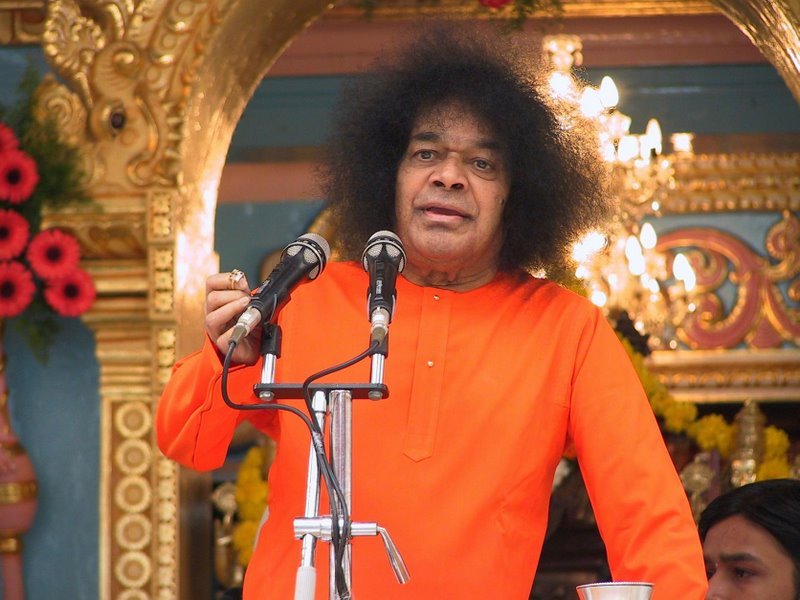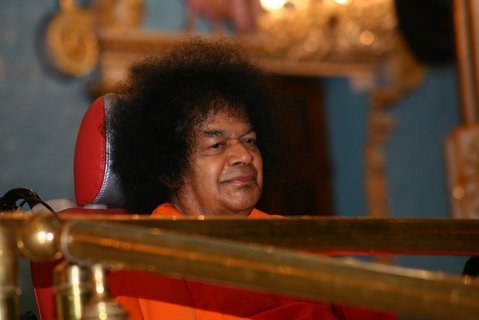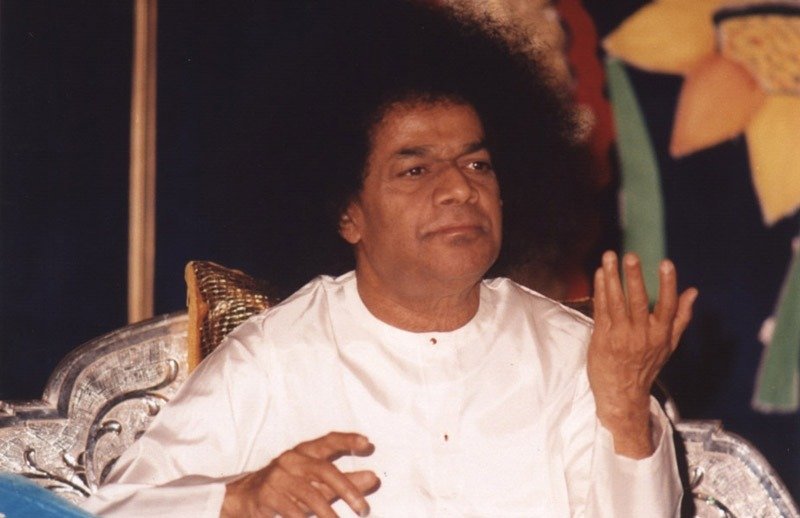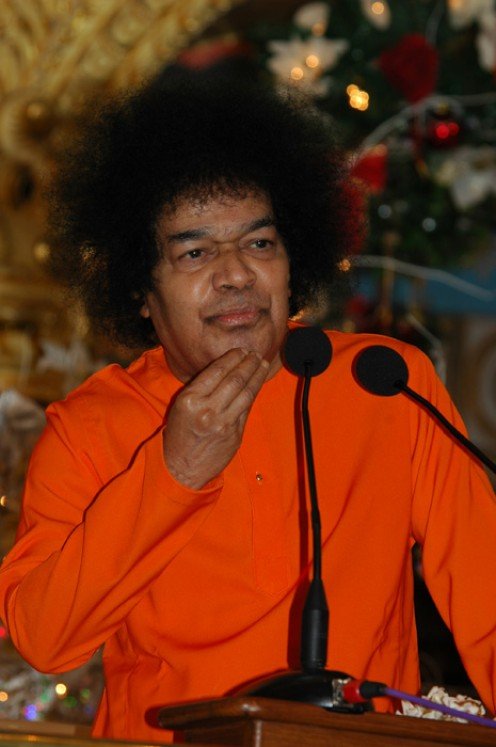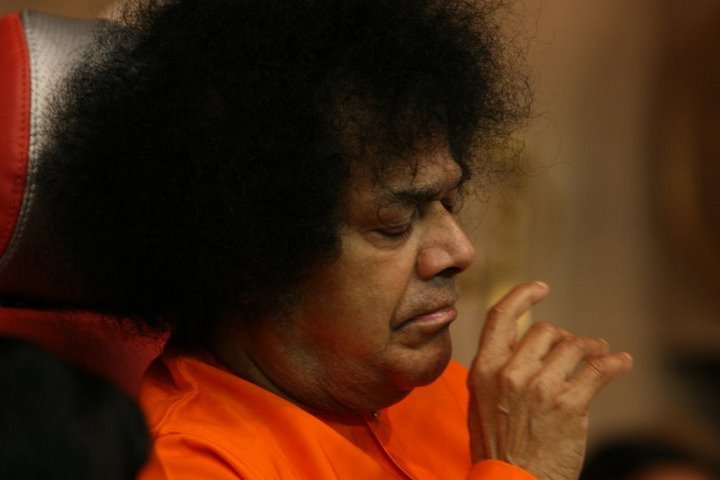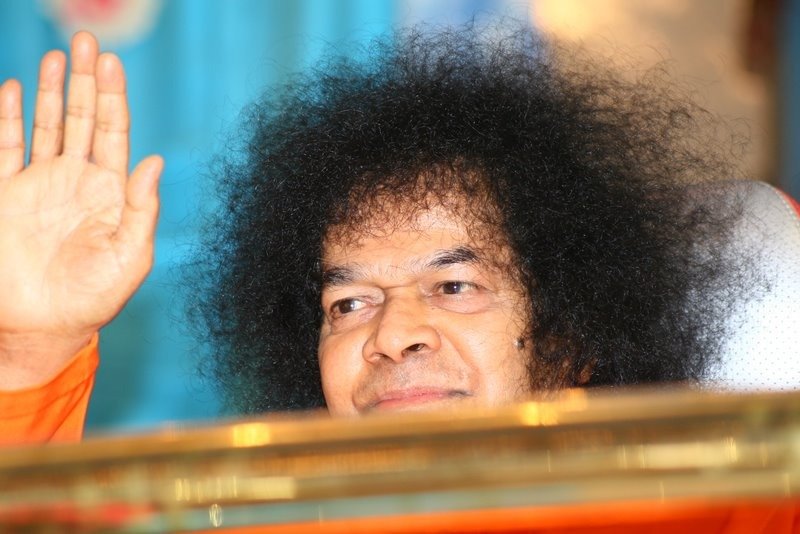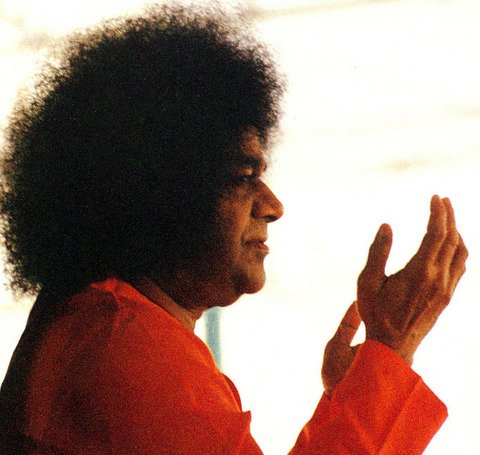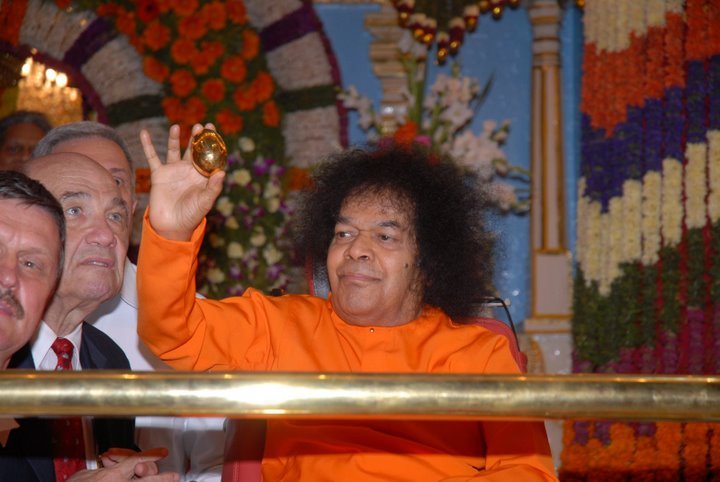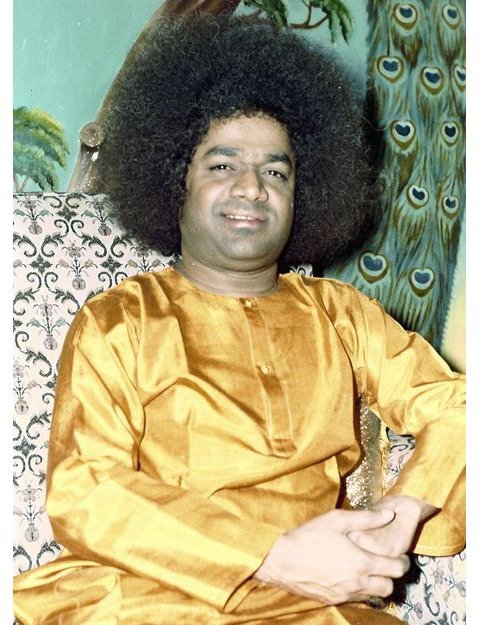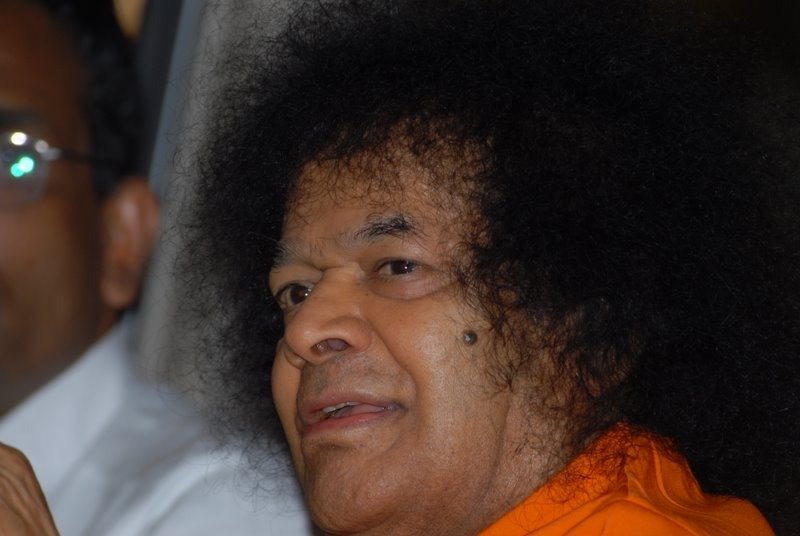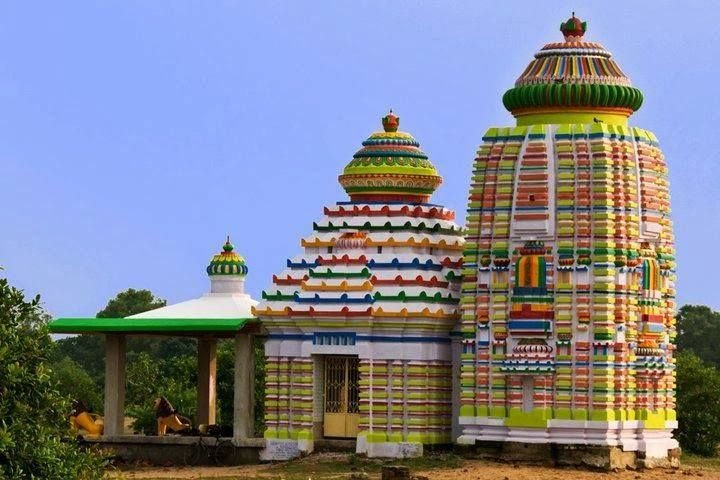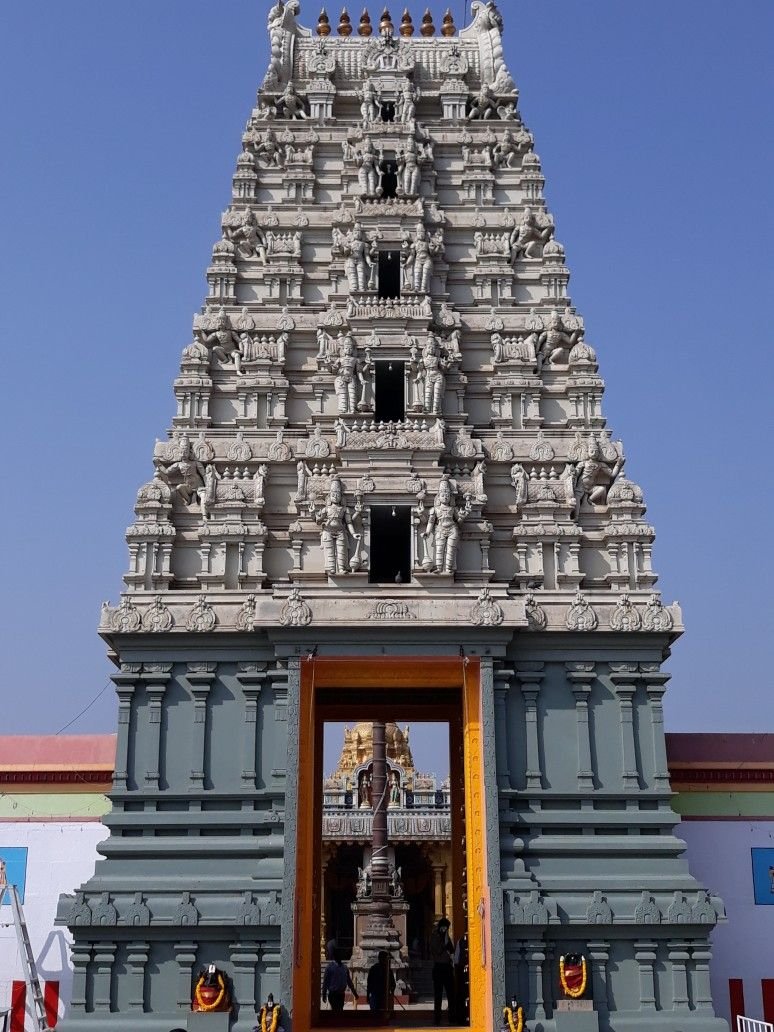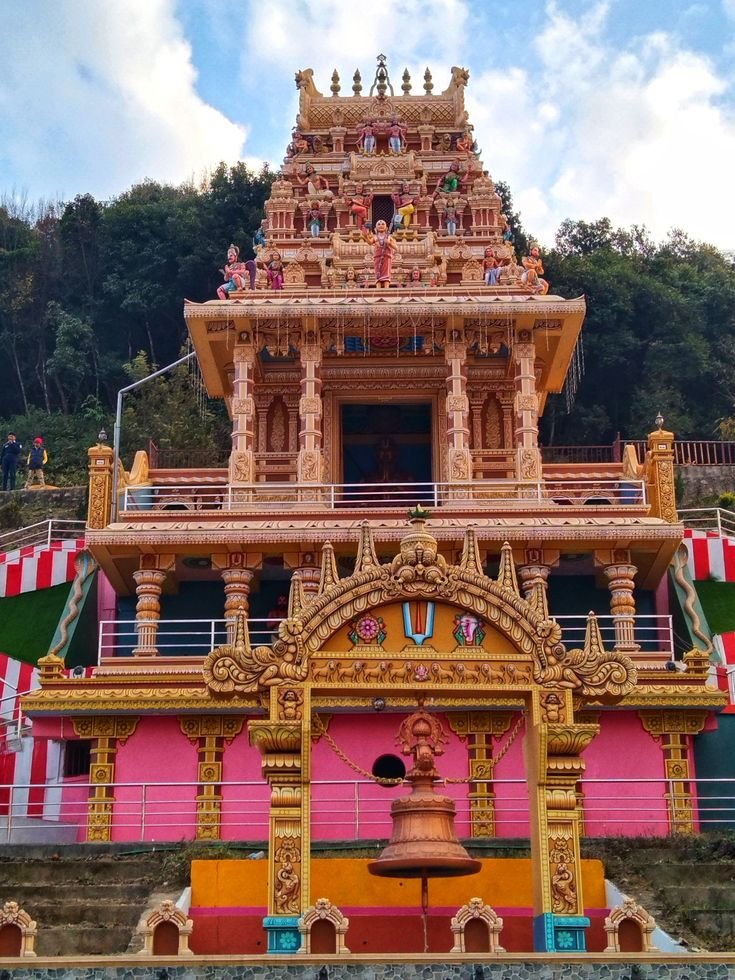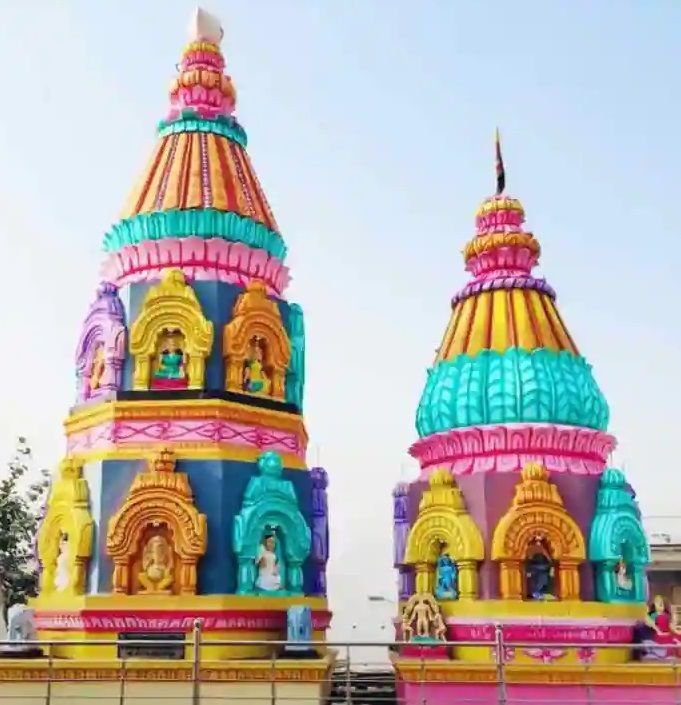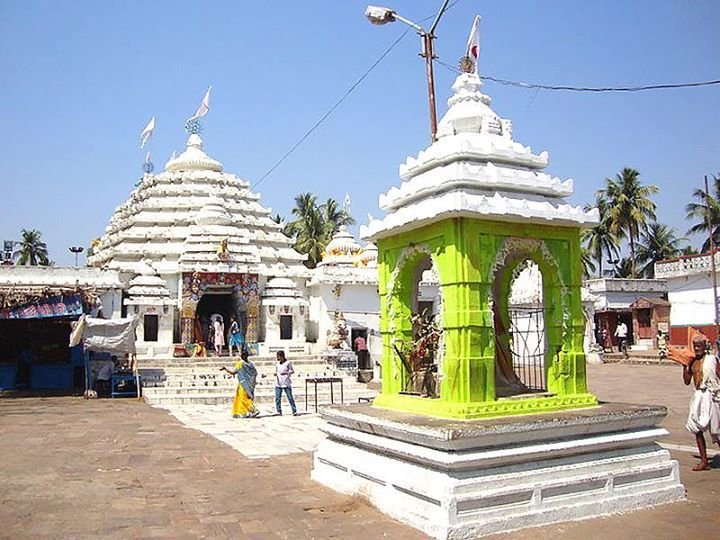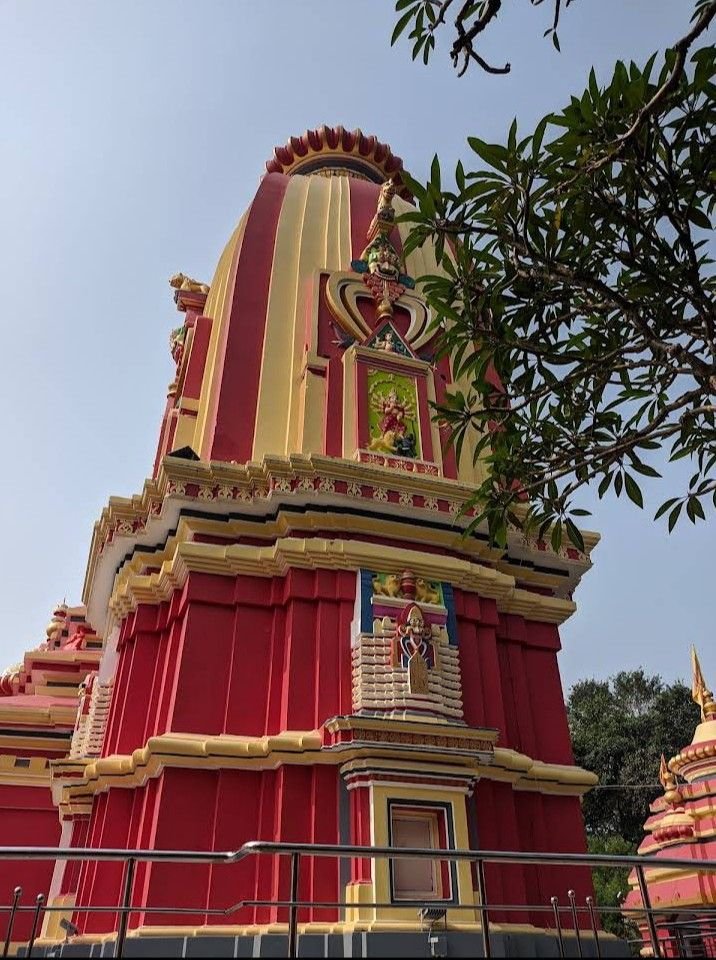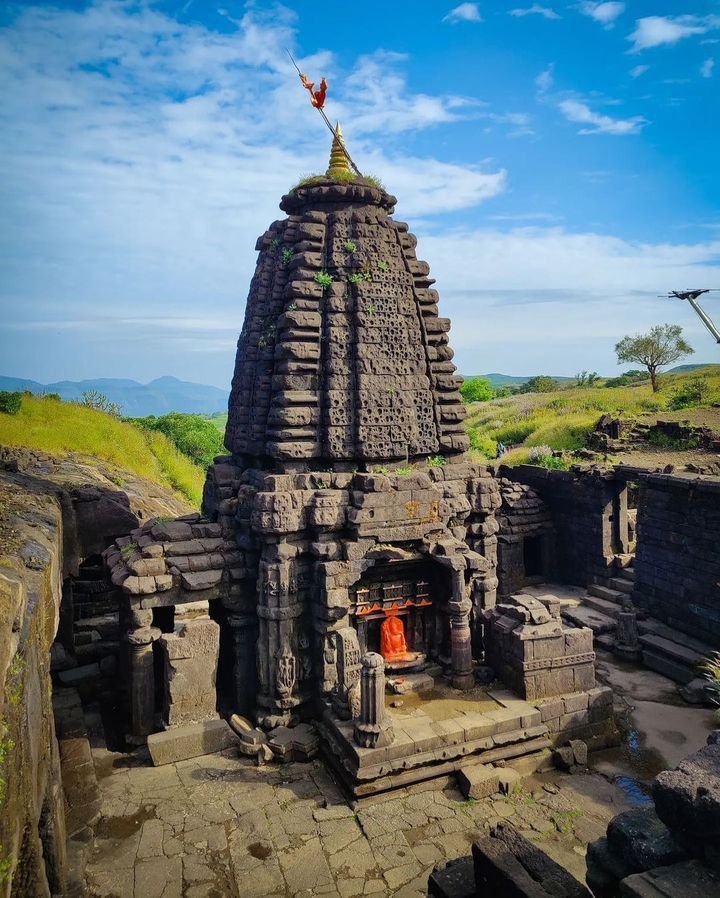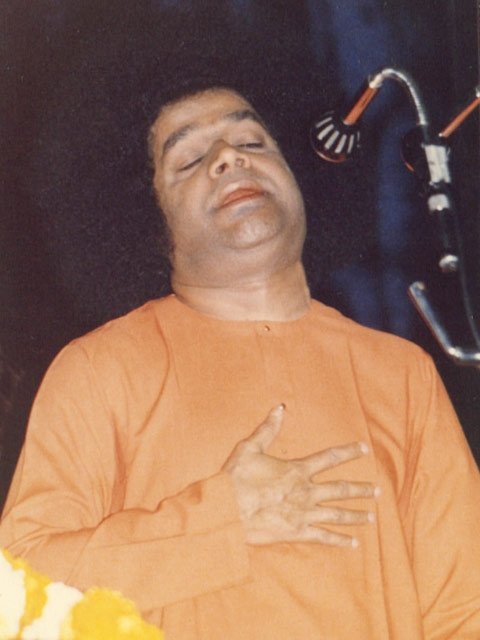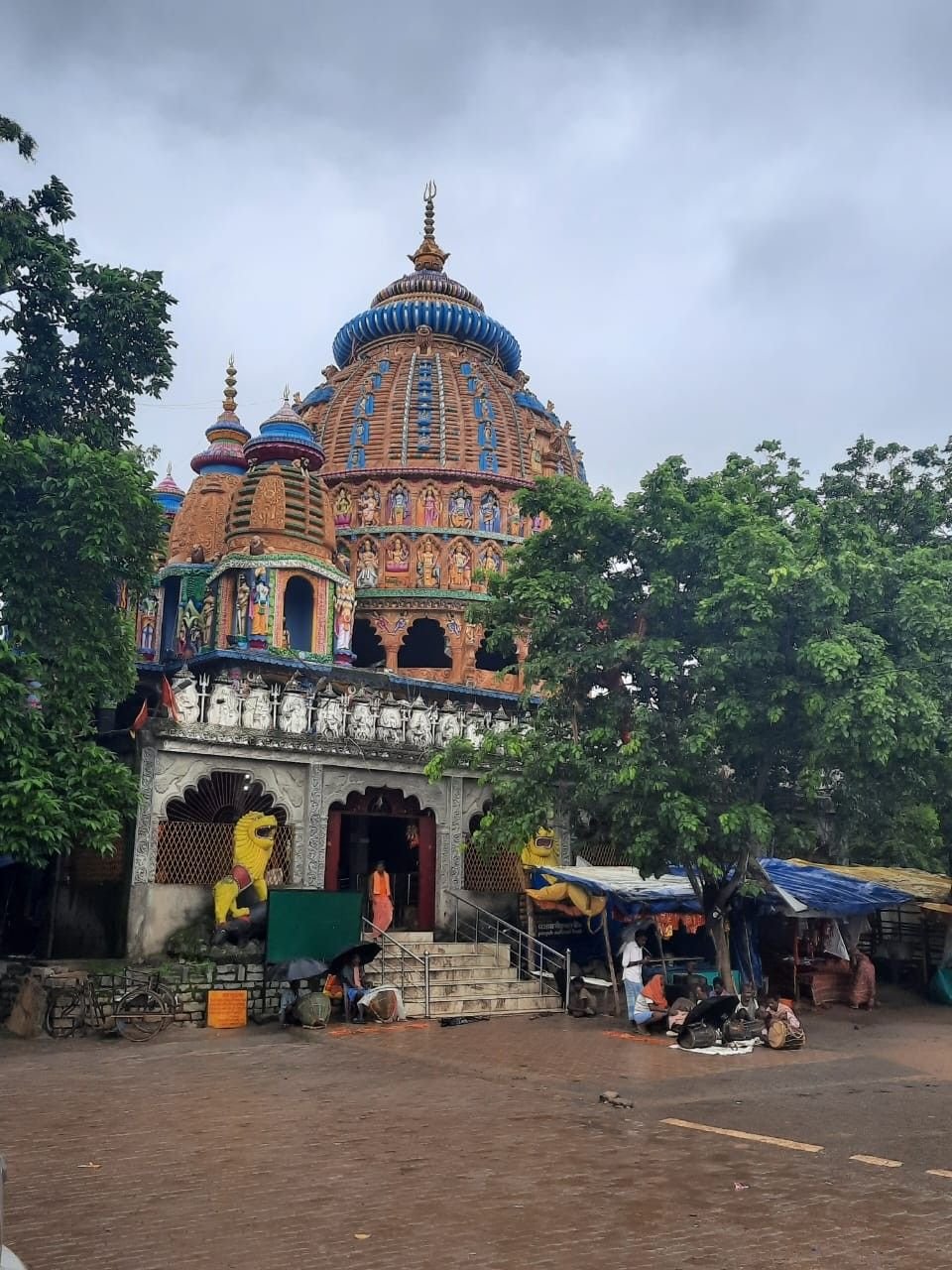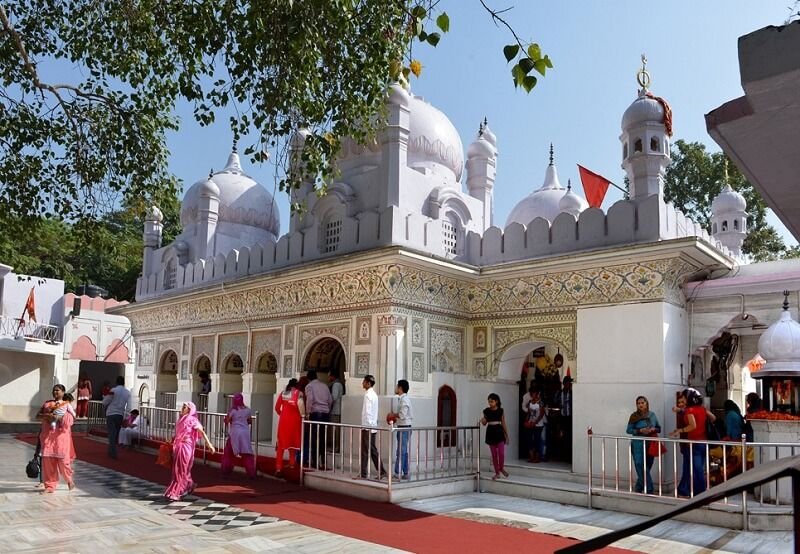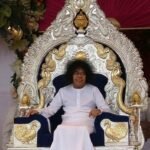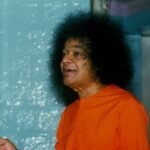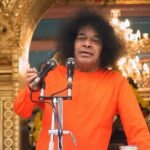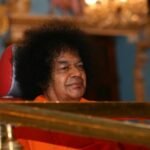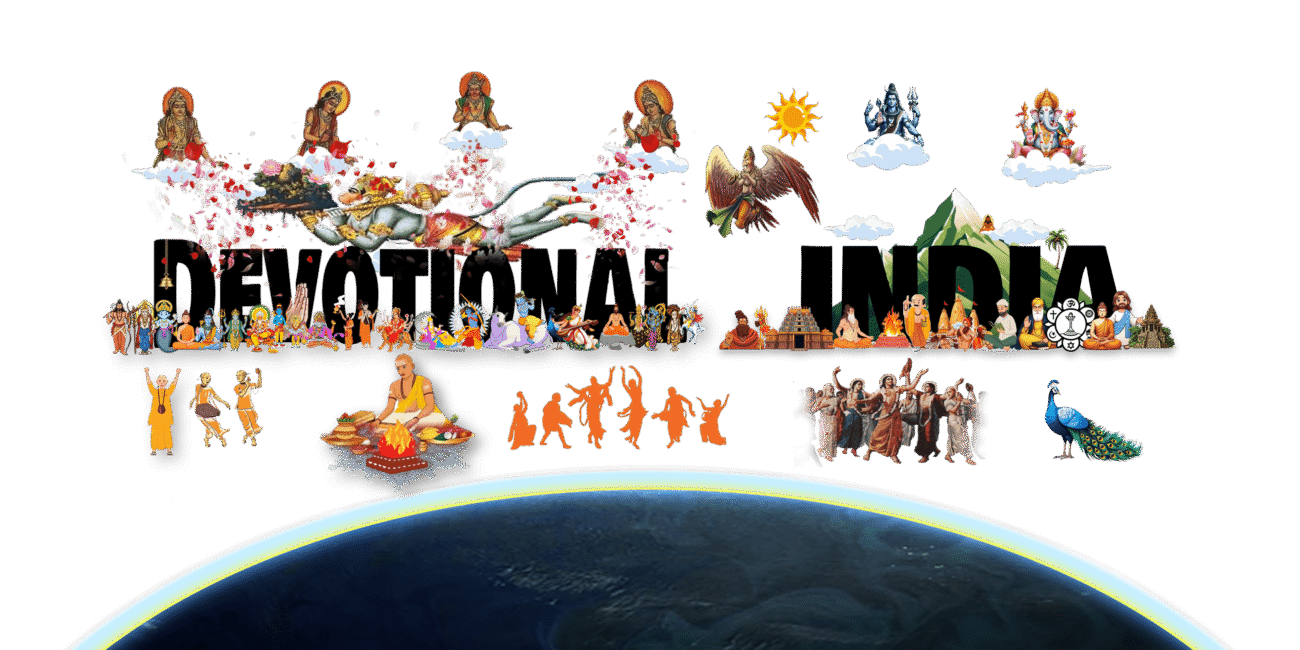Sri Swami Chinmayananda

The life of Swami Chinmayananda was one of extraordinary spiritual strength
immeasurable love and tireless service. In less than half a century, he has left behind a worldwide organisation, hundreds of institutions, and millions of devotees. This was all aimed at a single theme, discovering the Eternal within. Swami Chinmayananda was born on May 8th, 1916 as Balakrishna Menon (Balan) in Ernakulam, Kerala. His family was very devout in their religious life and had regular contact with holy men. This influence moulded Balan’s mental and moral make-up preparing him for the mission of his life ahead.
Balan excelled with his education graduating in Science, Political Science, Law and English Literature at Lucknow University. A man of strong ideas and idealism he entered the field of journalism where he felt he could influence political, economic and social reform in India. At this time he met Swami Sivananda at Rishikesh and became very interested in the spiritual path. Here he found the answers that he was seeking.
Swami Chinmayananda Is Born
Balakrishna Menon took monkhood from Swami Sivananda to become Swami Chinmayananda – the one who is saturated in Bliss and Consciousness.
Swami Sivananda saw the potential in Swami Chinmayananda and sent him to study under the greatest Teacher in the Himalayas – Swami Tapovan Maharaj.
Swami Chinmayananda studied for 12 years under Swami Tapovan’s guidance, leading a very austere and rigorous life. Then he felt a deep inner urge to share his knowledge and wisdom with the mass of humanity. He descended to the plains and held his first yagna in Pune to a small group of three people. This humble beginning rapidly expanded to more than 500 series of lectures given to audiences numbering thousands. During his 40 years of travelling and teaching, Swami Chinmayananda opened numerous centres worldwide and he also built many schools, hospitals, nursing homes and clinics. As well as reinvigorating India’s rich cultural heritage, Swami Chinmayananda made Vedanta accessible to everybody regardless of age, nationality or religious background.
On 3 August 1993, in San Diego, USA, Swami Chinmayananda attained Mahasamadhi. He worked tirelessly to the very last moment and created an international spiritual revolution.

His exceptionally brilliant mind and intensity to seek out the goal of human existence led Swami Sivananda to recommend that he leave the ashram and study under the tutelage of the great Vedantic master, Swami Tapovanam.
Swami Tapovanam was a recluse who did not stay in one place for long. He spent his time in the Himalayan mountains moving from place to place. Swami Chinmayananda turned out to be an exceptional student who could keep up with the rigorous lifestyle and the strict discipline of his master. Swami Tapovanam took him on as a disciple on the condition that he would would never repeat anything. The student would have to take the responsibility of going deep into the studies through his own personal notes, reflection and meditation. While the lessons were in Sanskrit, the language of the ancient spiritual texts, Swami Chinmayananda wrote out his notes in English.
Under Swami Tapovanam, Swami Chinmayananda totally immersed himself in his spiritual studies and a life of meditation. In just two short years, in the tranquility of the great Himalayan mountains, Swami Chinmayananda, the once rational skeptic gained inner peace and spiritual enlightenment
In December 1951, Swami Chinmayananda came down to the plains to teach spirituality to the ordinary man on the street. His approach was startlingly different. Traditionally, the ancient Hindu scriptures were taught only to the male members of the priest class in the ancient language of Sanskrit. But Swami Chinmayananda shocked everyone by teaching freely and openly to men and women alike without any class distinctions – and in ENGLISH!.

Swami Chinmayananda was an enthusiastic and animated orator. He taught with clarity, humor and insightful examples from everyday life. He stormed into the lives of ordinary Indians with the inspiring teachings of spirituality in daily life. They were spellbound by his great brilliance and clarity. He was astonishingly popular. Indoor venues soon became too small to hold the masses that came to listen to him. Many came just to feed their curiosity about this remarkably modern Swami (monk). His talks soon took place in open public grounds which could accommodate thousands of people.
Swami Chinmayananda, with his ability to reach into the hearts of people with his intellectual brilliance, insight, clarity of thought and down-to-earth manner, brought about a cultural and spiritual reawakening in a newly independent India.
In 1953, a small group of enthusiastic devotees formed the ‘Chinmaya Mission’ in Madras (now Chennai, India) to formalize and organize the work of Swami Chinamayananda. ‘Chinmaya’ means True Knowledge in Sanskrit. Swami Chinmayananda’s followers thought it would be an apt name as it described not only His spiritual teachings but the seeking of the True Knowledge of life.
Very quickly, under the grand vision of Swami Chinmayananda, the work of the Chinmaya Mission grew by leaps and bounds. In order to continue the work of the mission on a bigger scale, teacher training schools were established to train young men and women to go out into the field.
Today, there are nearly 300 Chinmaya Mission Centres in India and abroad reaching out to hundreds of thousands of children, youth and adults. The teaching of Vedanta was and always has been the main focus. However, it does not stop there. The work of Chinmaya Mission includes a wide range of cultural, educational, community and social service projects.
The Chinmaya Mission publishes hundreds of books as well as other audio visual materials regularly. www.chinmayapublications.org Swami Chinmayananda wrote commentaries on the Bhagavad Gita and Upanishads and other spiritual texts. These commentaries and transcripts of talks given by Swami Chinmayananda and other Mission teachers are regularly brought out as books, booklets, magazine and newsletter articles, CDs and DVDs.
Swami Chinmayananda travelled extensively in India, staying only a few days in each place before moving on. Realizing that the spiritual teachings were for all mankind, he said,’ Our Vision is not for Hindus only’ So, in 1965, he took his universal message overseas. In his life he toured the US, Australia, England, Canada, Japan, Hong Kong, Bangkok, Singapore, Mauritius, West Indies and many more countries.

Swami Chinmayananda worked grueling 18-hour days, travelling from place to place. In the nights, he would often be seen writing letters to his devotees at 3 am in the morning. Incredible as it sounds, on a daily basis, he would write over 80 handwritten letters. In his lifetime, it is estimated that he would have written over 750,000 letters!
In June 1936, he disappeared from home. After a vigorous search by his parents, he was found in the secluded Ashram of a holy sage some miles from the sacred mountain shrine Tirupati. He returned home after some persuasion. This temporary separation was but a preparation for the final parting from the world of attachments to family and friends. While at home his heart dwelt in the silent forests of spiritual thoughts, beating in tune with eternal Pranava-Nada (mystic sound of the Eternal) of the Jnana Ganga (river of Knowledge) within himself. The seven years at home following his return from Tirupati were marked by seclusion, service, intense study of spiritual literature, self-restraint, control of the senses, simplicity in food and dress, abandonment of all comforts and practice of austerities which augmented his inner spiritual power.
Swami Chinmayananda or Gurudev, as he is lovingly called, had a tenacious memory and an uncanny ability to remember names, addresses, people and events accurately for decades afterwards. There are reports of people who he recognized and called out by name nearly 30 years later.
Another devotee remembers talking to Gurudev in a car while driving him to the airport. Their conversation was interrupted when they arrived at their destination. They were not able to speak again until Gurudev’s next trip the following year. When they met, Gurudev calmly pick up the conversation as though they had just been speaking, “So, as I was saying…” This is mind boggling when one considers that he met thousands of people every year.

Gurudev, worked tirelessly for 42 years. He worked until literally his last days. Swami Chinmaynanda left his mortal body on Aug 3rd, 1993, in San Diego, California at the age of 77. His body was taken back to India to be buried in the lotus position in his ashram in Sidhabari, a small town in the foothills of the Himalayan ranges in the state of Himachal Pradesh. In Hindu custom, an enlightened master’s body is allowed burial. The bodies of ordinary Hindus are normally cremated after death.
The outer expressions of Swami Chinmayananda’s divine work were only a miniscule part of the immeasurable impact that He had on the inner transformation of the lives of His devotees. His whole life was the highest expression of loving devotion to God whom he saw in all.

